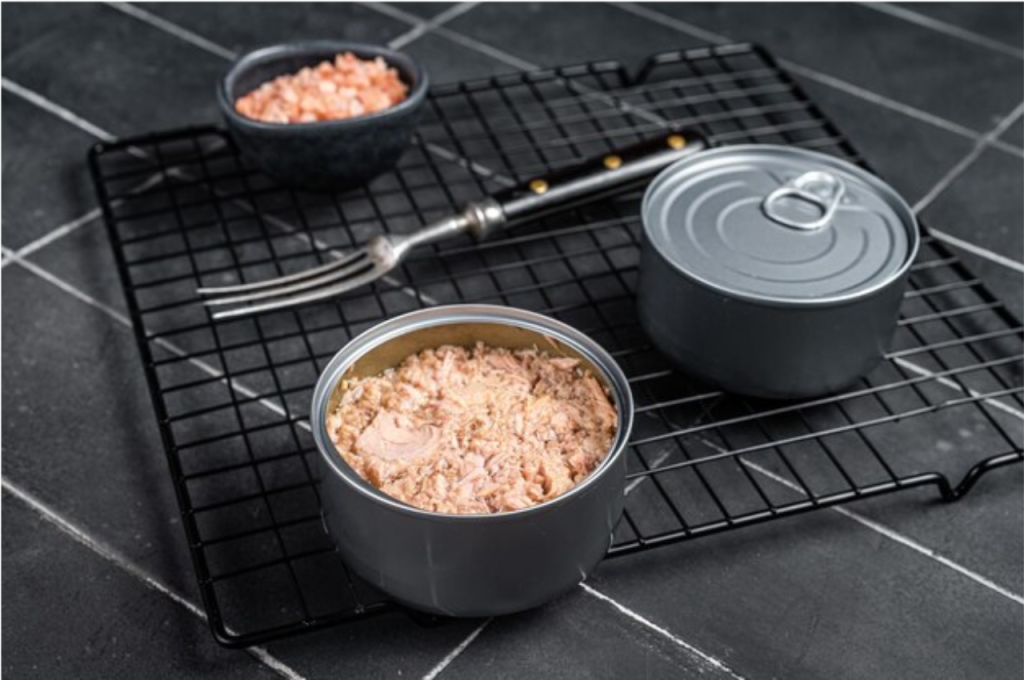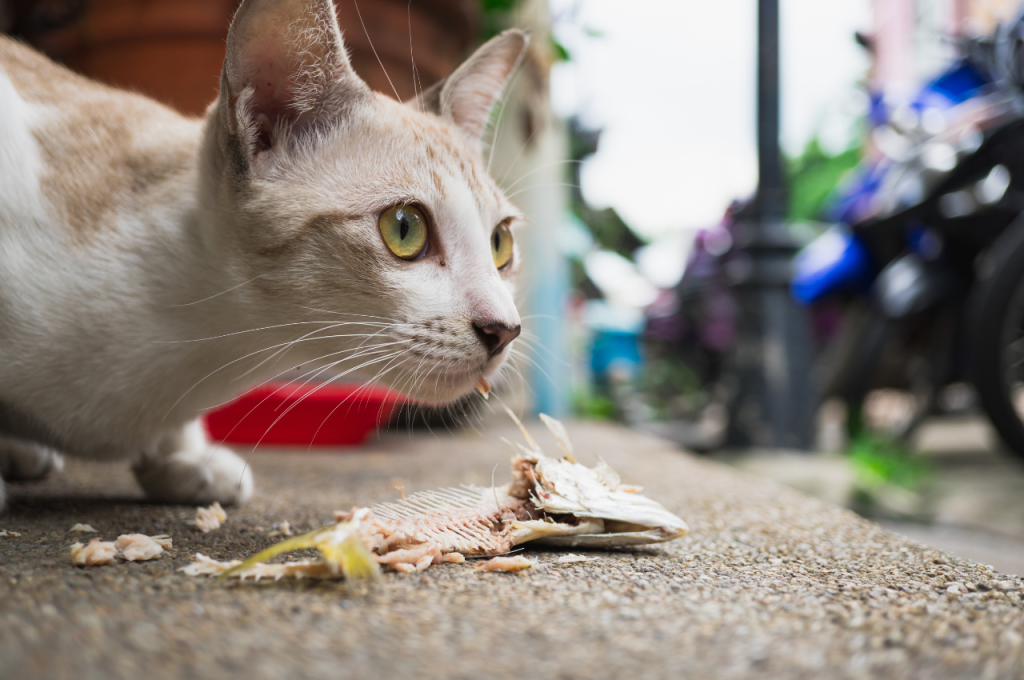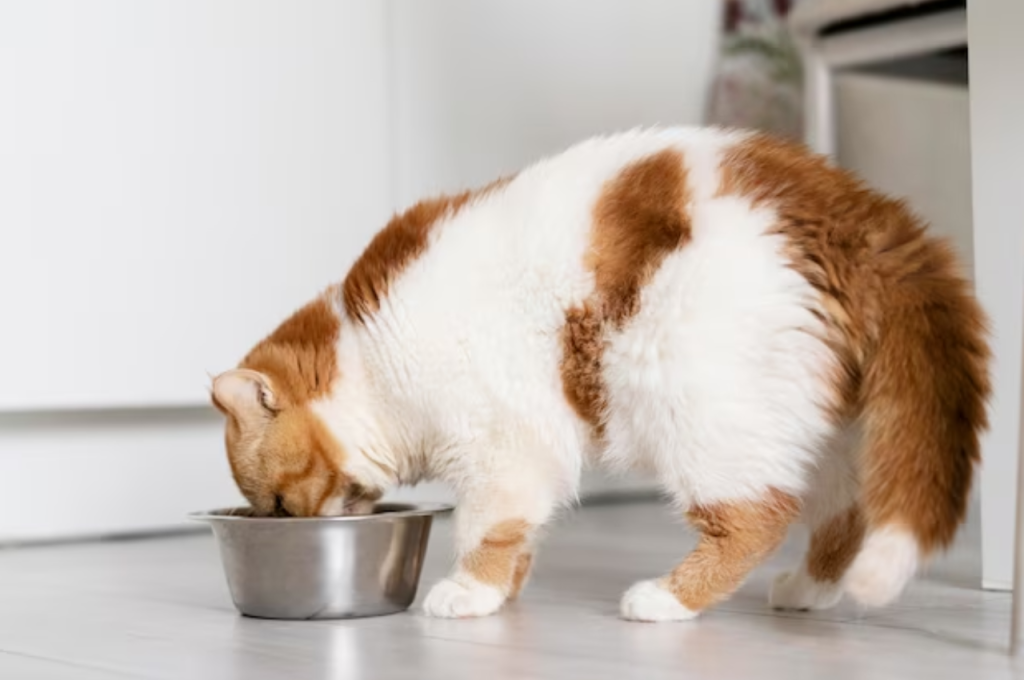Cat food is formulated to meet a cat’s nutritional needs, while tuna is a popular human food that may lack essential nutrients for cats. When choosing between cat food and tuna for your feline companion, it is important to consider their specific dietary requirements.
Cats need a balanced diet that includes proteins, fats, vitamins, and minerals to thrive. While tuna can be a tasty occasional treat, it should not replace a high-quality cat food designed for feline health. To ensure your cat’s well-being, consult with your veterinarian before making any significant changes to their diet.
By prioritizing your cat’s nutritional needs, you can help them live a happy and healthy life.
Understanding Cat Food
Choosing the right food for your feline friend is essential for their health and well-being. Understanding the intricacies of cat food, including its ingredients, nutritional content, and suitability for your cat’s specific dietary needs, is crucial. Here’s what you need to know about cat food:

Types of Cat Food
When it comes to nourishing your feline companion, there are several types of cat food available. Here’s an overview of each type:
Canned Cat Food: Moist and flavorful, great for hydration.
Dry Cat Food: Convenient, and can aid in dental health.
Semi-Moist Cat Food: Offers a balance between dry and canned options.
Ingredients to Look for in Cat Food
- High-quality protein sources: Look for real meats like chicken or fish.
- Essential nutrients: Ensure a balanced mix of vitamins and minerals.
- No artificial additives: Avoid artificial colors, flavors, and preservatives.
- Adequate moisture content: Helps prevent urinary tract issues.
Analysis of Tuna As Cat Food
When it comes to analyzing tuna as cat food, it’s important to consider the nutritional value and the potential benefits and risks of incorporating tuna into your feline’s diet. Tuna is a popular choice for many cat owners, but understanding its impact on a cat’s health is crucial.
Nutritional Value of Tuna
Tuna is rich in protein and omega-3 fatty acids, which are essential for a cat’s overall health and well-being. It also contains vitamins D and B that support bone health and provide energy. However, it’s important to note that tuna also contains high levels of mercury, which can be harmful if consumed in excess. Moderation is key when it comes to feeding tuna to cats.
Benefits and Risks of Feeding Tuna to Cats
Feeding tuna to cats in moderation can provide various benefits, such as improved skin and coat health, reduced inflammation, and enhanced brain function. On the other hand, excessive consumption of tuna can lead to mercury toxicity, causing digestive issues and neurological problems. Moreover, the lack of essential nutrients found in balanced cat food may pose long-term health risks if tuna becomes a primary dietary component.
Cat Food Brands Comparison
Compare the benefits of cat food and tuna to make the best choice for your feline friend. With a variety of brands available, consider the nutritional value and ingredients to ensure a balanced diet for your cat’s health and well-being.
When it comes to choosing the right cat food for your feline friend, there are a plethora of options available on the market. It can be overwhelming to sift through all the choices and determine which one is the best for your cat’s nutritional needs. That’s why a comparison of popular cat food brands can help you make an informed decision. In this article, we will discuss some of the most well-known cat food brands and explore the variations of tuna found in their products.
Popular Cat Food Brands
1. Friskies: This reputable brand offers a wide range of cat food options for all life stages. Friskies cat food contains essential nutrients, vitamins, and minerals to support your cat’s overall health.
2. Purina One: Renowned for its high-quality ingredients, Purina One cat food focuses on providing complete and balanced nutrition for cats. Their formulas are designed to address specific needs such as weight management or sensitive digestion.
3. Hill’s Science Diet: With a strong emphasis on science-based nutrition, Hill’s Science Diet offers a variety of cat food options for various health conditions. They use natural ingredients and meticulously balance essential nutrients.
4. Royal Canin: Known for its breed-specific formulas, Royal Canin cat food tailors its recipes to meet the unique nutritional needs of different cat breeds. They also offer products for cats with specific health concerns, such as urinary tract health or sensitive skin.
Tuna Variants in Cat Food Brands
Tuna is a popular ingredient in many cat food brands due to its palatability and rich source of protein. Here are some variations of tuna you can find in cat food:
- Tuna Flakes: Some cat food brands offer delicious tuna flakes as a standalone treat or mix it with other ingredients to create a well-rounded meal.
- Tuna & Chicken: Combining tuna with chicken creates a protein-packed combination that cats find irresistible.
- Tuna Pate: For cats who prefer soft-textured food, tuna pate provides a smooth and indulgent dining experience.
- Tuna Gravy: Cat food brands often incorporate tuna gravy to add moisture and enhance the flavor of their products.
By understanding the variations of tuna in different cat food brands, you can select the one that best suits your cat’s preferences and nutritional needs.
The Quest for The Ultimate Feline Delicacy
Cats are known for their discerning palates and the ability to turn up their noses at certain foods. As a cat owner, you may have found yourself on the quest for the ultimate feline delicacy that will satisfy your furry friend’s taste buds. In this quest, two options often come up: cat food and tuna. Let’s explore the preference of cats and the balanced diet considerations when it comes to cat food vs. tuna.

Preference of Cats: Cat Food vs. Tuna
Cats have their individual preferences, and some may lean towards cat food while others may crave tuna. It’s important to note that while tuna can be a delicious treat for cats, it should not be their main diet. Cat food, on the other hand, is specially formulated to meet their nutritional needs.
Here are a few factors to consider:
- Taste: While cats may be drawn to the strong aroma and flavor of tuna, it’s crucial to provide a balanced diet that includes cat food. This ensures they receive all the necessary nutrients they need to thrive.
- Nutritional content: Cat food is designed to provide cats with a complete and balanced diet. It contains essential nutrients like proteins, vitamins, and minerals that are vital for their overall health. While tuna is rich in protein, it lacks other important nutrients that cats require.
- Health considerations: Tuna contains high levels of mercury, which can be harmful to cats if consumed in large quantities. Additionally, it may lead to deficiencies in other essential nutrients. Cat food, when chosen wisely, can help prevent such health risks.
Balanced Diet Considerations
Providing a balanced diet is crucial for the well-being of your furry companion. Cat food is formulated to provide all the necessary nutrients in the right proportions. It is designed to support their growth, maintain their weight, and ensure optimal health. The Association of American Feed Control Officials (AAFCO) sets specific guidelines for cat food formulations to ensure they meet the nutritional needs of cats.
Here are a few important considerations:
- Protein: Cats are obligate carnivores, meaning they require a diet high in protein. Look for cat food that contains high-quality sources of protein, such as chicken or fish.
- Fat: Cats need a certain amount of fat for energy and to support various bodily functions. Ensure the cat food you choose contains an appropriate amount of healthy fats.
- Vitamins and minerals: Essential vitamins and minerals, such as vitamins A, D, E, calcium, and phosphorus, are crucial for a cat’s overall health. Make sure the cat food you select provides these nutrients in the right proportions.
Homemade Cat Food Recipes
Cats are beloved members of many families, and as pet owners, we want to provide them with the best possible care. One way to do this is by preparing nutritious homemade cat food.
Nutritious Homemade Cat Food Options
Homemade cat food can be a healthy and cost-effective choice for pet owners who want to control the ingredients their furry friends consume. Here are some nutritious homemade cat food options:
- Protein sources such as cooked chicken, turkey, or fish.
- Fresh vegetables like carrots, peas, and spinach.
- Healthy fats such as olive oil or fish oil.
- Supplements including taurine and vitamins for feline nutritional needs.
By using these ingredients, you can create balanced and wholesome meals for your feline companions.
Safety Tips for Homemade Cat Food
While preparing homemade cat food can be beneficial, it’s crucial to prioritize your cat’s health and well-being. Here are some safety tips for homemade cat food to keep in mind:
- Consult with a veterinarian to ensure your homemade cat food recipes meet your cat’s nutritional requirements.
- Regularly assess for any signs of food sensitivities or allergies in your cat.
- Handle and store raw ingredients properly to minimize the risk of contamination.
- Be cautious when including bones in your homemade cat food, as cooked bones can pose a choking hazard.
Understanding the importance of safety when preparing homemade cat food is essential for the health and happiness of your feline companion.
Cat Health and Dietary Concerns
Cat health and dietary concerns encompass the debate between cat food and tuna, as both have their pros and cons. While cat food offers balanced nutrition, tuna can be high in mercury and lacks essential nutrients. Making informed choices about your cat’s diet is crucial for their overall well-being.
Food Allergies in Cats
Cat food allergies can lead to skin irritations and digestive issues in felines. Common allergens include beef, dairy, and grains.
Obesity and Weight Management
Obesity in cats can increase the risk of diabetes and joint problems. Weight management is crucial for overall health.
When choosing between cat food and tuna, consider your cat’s dietary needs such as food allergies and weight management.

Conclusion
Both cat food and tuna have pros and cons. Tuna can be a tasty treat for your cat, but it should be given in moderation due to its high mercury content. On the other hand, cat food provides essential nutrients for your cat’s overall health.
It’s important to strike a balance between the two for a well-rounded diet for your feline friend.
